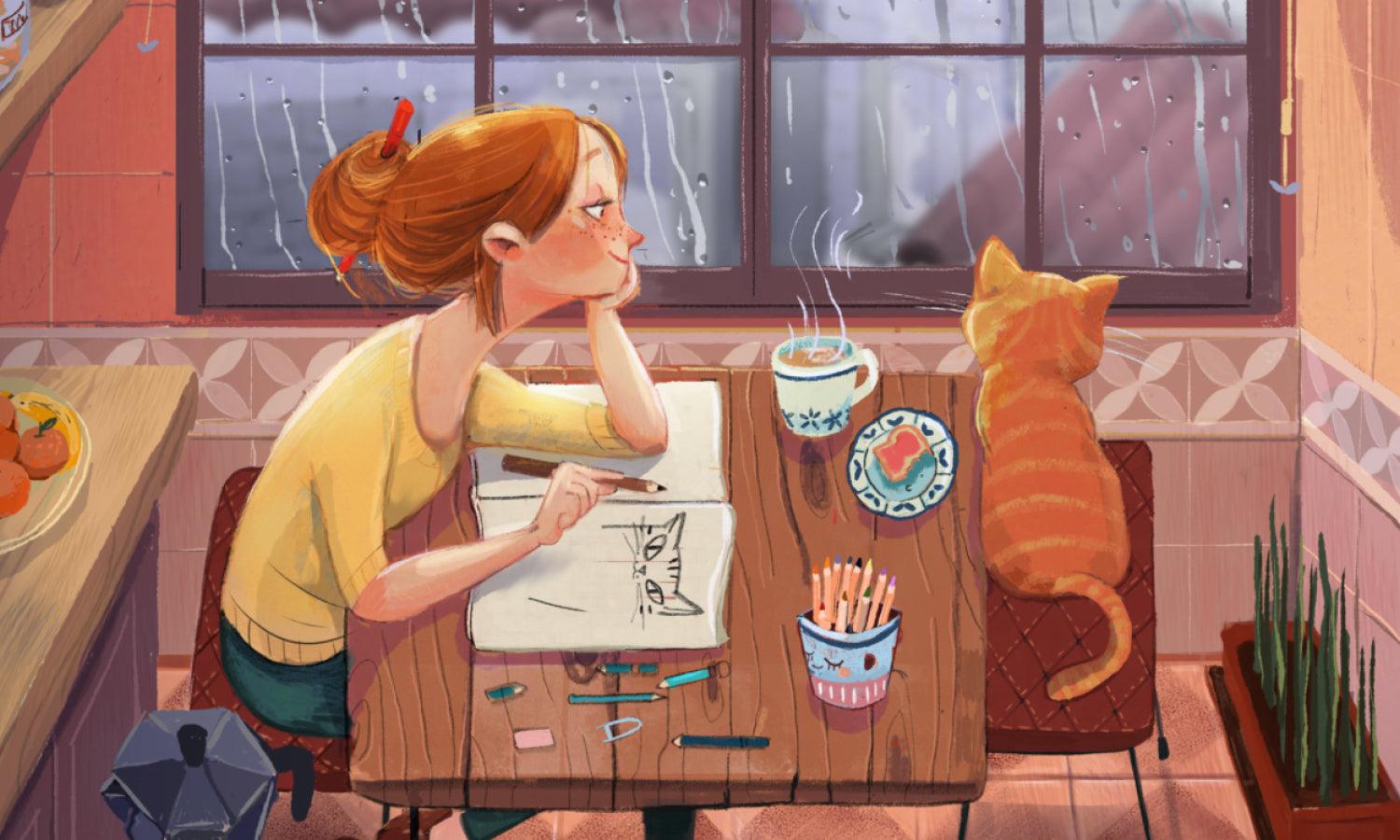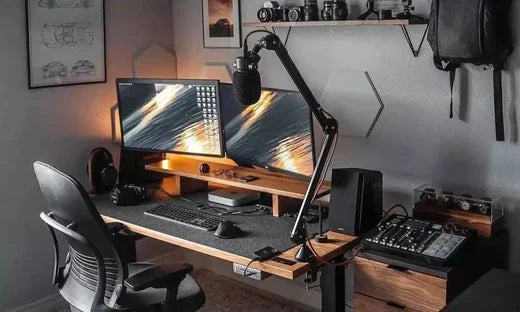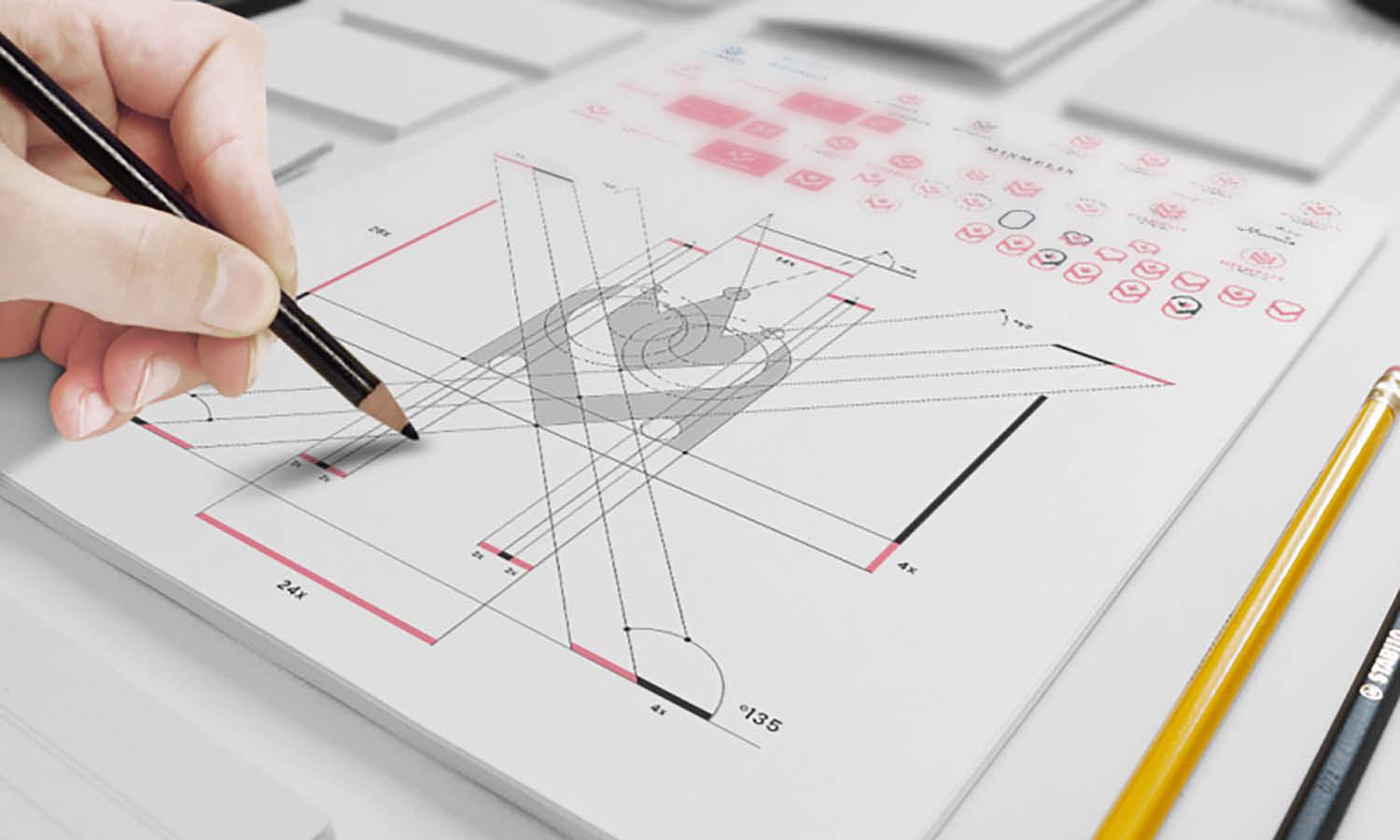How to Properly Write An Artist Or Designer Biography?

Creating a compelling biography as an artist or designer is essential in showcasing your unique identity and professional journey. Whether you’re an established artist or a budding designer, a well-crafted biography serves as your first point of engagement with galleries, potential clients, and the broader art community. It articulates your educational background, stylistic preferences, and the key milestones that have shaped your career. This introduction not only informs but also connects emotionally with your audience, laying a foundation of trust and respect.
Understanding how to effectively communicate your story, inspirations, and aspirations can set you apart in the competitive fields of art and design. This article provides a structured guide to writing an artist or designer biography that reflects your professional persona and artistic voice, ensuring you make a memorable impression on every reader.
Start With a Strong Introduction
The introduction of your artist or designer biography is crucial—it sets the tone and invites the reader into your world. Begin by succinctly introducing yourself, stating your name, artistic or design discipline, and current base of operations. This initial information quickly familiarizes the audience with who you are and what you do. It's beneficial to weave in your personal connection to your work early on, perhaps explaining why you chose this path or what motivates you daily. This not only humanizes you but also makes your biography more relatable and engaging.
A strong introduction acts as a gateway, encouraging further exploration of your professional journey and artistic achievements. Ensure that it reflects your unique voice and style, as these are the elements that distinguish you in the art and design communities. Your opening should be clear, concise, and compelling, setting up the narrative of your ongoing artistic journey.
Highlight Key Achievements
In the Highlight Key Achievements section of your biography, focus on detailing the milestones that mark significant successes in your career. Discuss major projects, exhibitions, or designs that have had a profound impact on your reputation within the art and design industry. Be specific about the nature of these projects and the recognition they garnered, such as awards, notable collaborations, or features in prestigious publications. If applicable, mention any pioneering techniques or unique materials you've introduced through your work. This section should not only showcase your professional accomplishments but also underscore your contribution to the field, demonstrating your influence and standing among peers.
By strategically highlighting these achievements, you provide concrete examples of your expertise and creativity, reinforcing your professional image and enhancing your credibility as a distinguished artist or designer. Remember to present this information in a narrative that connects each achievement back to your artistic mission and vision, weaving a cohesive story that enhances the overall impact of your biography.
Include Relevant Education and Training
Including information about your education and training is crucial in establishing your qualifications and background as an artist or designer. This section should detail formal education, such as degrees from art schools or universities, as well as any informal training, such as workshops, apprenticeships, or self-taught skills that have contributed to your artistic development.
List your educational credentials starting from the most recent and significant, and mention any notable mentors or influences who have shaped your career. If applicable, include specialized training that is particularly relevant to your style or medium, such as digital design courses, traditional painting techniques, or sculptural work. This information not only adds to your credibility but also provides insight into the breadth and depth of your skills.
Be sure to highlight how your educational experiences have directly impacted your work or opened up new opportunities in your career path. This section can help you connect with your audience by showing the foundational aspects of your professional journey and demonstrating your commitment to growth and learning in your field.

Define Artistic Style or Design Approach
Defining your artistic style or design approach in your biography helps articulate what sets you apart in a crowded field. This section should reflect the uniqueness of your work, the principles that guide your creative decisions, and the methods you prefer. Whether your approach is rooted in traditional techniques, driven by cutting-edge technology, or characterized by a blend of cultural influences, make it clear and compelling.
Discuss how your personal history, experiences, or philosophical outlook influence your art or designs. For instance, if sustainability is a core component of your work, explain how this is manifested in your material choices or themes. Similarly, if you are known for a particular technique or innovation, describe its development and its significance in your work. This not only helps potential clients or galleries understand your work better but also connects emotionally with an audience that shares your values or aesthetic preferences.
Make sure to use descriptive language that paints a vivid picture of your work's mood, texture, and underlying concepts. By the end of this section, readers should have a clear sense of your artistic identity and how it reflects in your creations.
Showcase Key Projects and Clients
Highlighting key projects and clients in your biography not only showcases your professional accomplishments but also demonstrates your capability to handle significant assignments and meet client expectations. Detail the projects that have had the most impact, that challenged you creatively, or that won recognition in your field. Describe the scope of these projects, your specific role, the skills you utilized, and the outcomes achieved. For instance, if you designed a logo for a major corporation, explain the creative process, the design choices you made, and the feedback received. If you have worked with well-known clients or brands, mention these collaborations to enhance your professional standing and trustworthiness.
Be specific about the value you brought to these projects. Did you increase a client's brand visibility? Did your artwork lead to a successful exhibition? Quantify your achievements where possible, such as by citing increased customer engagement or sales metrics. This not only substantiates your claims but also helps potential clients gauge what you might bring to their projects.
Additionally, if any of your works were featured in publications, exhibitions, or received awards, include these details as they underline your credibility and industry recognition. Each project or client you mention should reflect your expertise and the diversity of your experience, painting a picture of a dynamic and accomplished professional.
Describe Inspiration and Influences
Understanding an artist's or designer's inspirations and influences can provide profound insights into their creative output. In this section of your biography, delve into the experiences, cultures, historical periods, or figures that shape your aesthetic and thematic choices. Whether you draw inspiration from the natural world, urban environments, social issues, or notable figures in your field, explain how these elements fuse to inform your work.
Discuss how your background, travel experiences, or personal history contribute to your projects. For instance, if your heritage influences your art, describe how and why it impacts your color choices, subjects, or the stories you tell through your designs. Similarly, if contemporary issues influence your work, share your perspectives and motivations for engaging with these themes.
Use a Professional Tone and Voice
When writing your biography as an artist or designer, maintaining a professional tone and voice is essential. This approach not only reflects your seriousness about your career but also positions you as a credible and respected professional in the industry. Your biography is a formal representation of your professional persona, thus it should be articulated with clarity, precision, and a level of formality that aligns with your career objectives.
Avoid slang and overly casual language, opting instead for polished, well-structured sentences. This professionalism should extend to the quality of the content itself, which means avoiding typos, grammatical errors, and informalities that could undermine your professional image. Use active voice to convey confidence and directness, which are key in engaging and holding the reader's attention.
Your tone should also be reflective of your brand's voice. If your art or design work has a playful, innovative edge, it's acceptable for your tone to reflect this creativity, provided it remains within the bounds of professional decorum. Similarly, if your work is more traditional or corporate, a straightforward and serious tone may be more appropriate.

Discuss Your Preferred Medium or Techniques
Your artistic medium or design techniques are central to your professional identity. This section of your biography should clearly articulate the tools and methods you prefer, as they differentiate your work from that of other artists and designers. Whether you specialize in digital media, oil painting, sculpture, graphic design, or mixed media, describe what you use and why it suits your creative expression.
Explain the techniques you are most proficient in and how they enhance your projects. For instance, if you use advanced software for digital illustrations, discuss how this technology allows for innovative designs and functionality that traditional mediums might not. If your work is deeply rooted in traditional methods, share how these techniques connect with contemporary audiences or applications.
Also, consider discussing the evolution of your technique—how you started, what changes you've implemented over time, and why. This not only shows your growth and adaptability as a professional but also your commitment to mastering your craft. Your discussion should give insights into your creative process, offering an understanding of how you approach your art or design projects from conception to completion.
Highlight Career Milestones
In your biography as an artist or designer, it is crucial to highlight career milestones that showcase your growth and success in the industry. These milestones provide tangible proof of your capabilities and help establish your reputation. Start by listing the most significant events in your career, such as your first major exhibition, the acquisition of your artwork by a notable institution, pivotal projects that expanded your reach, or collaborations with renowned brands or artists.
Detail the impact of these milestones on your career, such as how a particular exhibition led to national recognition or how a design project significantly increased a client’s market presence. If you have received awards or honors, mention these as evidence of peer recognition and validation of your artistic or design excellence.
Use this section to also reflect on personal achievements that might not be widely recognized but have contributed significantly to your development and philosophy as a professional. This could include overcoming challenges, venturing into new artistic mediums, or successful entrepreneurial endeavors in the arts.
Include Contact Information or Links
Ensuring that your biography includes up-to-date contact information and relevant links is vital for networking and expanding your professional opportunities. This section should provide clear and direct means for potential clients, collaborators, and followers to reach you or learn more about your work.
Include your professional email address, phone number, and any other contact method you prefer, ensuring they are appropriately set up to handle inquiries professionally. If you maintain a portfolio or a professional website, provide a URL link directly to it. Similarly, include links to your professional social media profiles such as LinkedIn, Instagram, or Behance, which showcase your work and can help expand your professional network.
If you are associated with any professional organizations, galleries, or agencies, mention these affiliations, as they can lend additional credibility and provide more context about your professional standing. Also, if you offer online catalogs or collections, links to these resources can be included to direct interested parties to view and potentially purchase your work.
Conclusion
In crafting your artist or designer biography, the objective is to convey not just your professional credentials but also your personal artistic journey and vision. This narrative serves as a bridge, connecting you to your audience, collaborators, and potential clients. By thoughtfully compiling your experiences, achievements, and aspirations, you create a compelling and authentic portrait of your creative identity. Remember, a well-written biography is not just a reflection of your past and present—it's also a beacon for future opportunities in the art and design worlds.
Let Us Know What You Think!
Every information you read here are written and curated by Kreafolk's team, carefully pieced together with our creative community in mind. Did you enjoy our contents? Leave a comment below and share your thoughts. Cheers to more creative articles and inspirations!
















Leave a Comment